The new Cult store at Lakeside is parent company SuperGroup’s largest to date. John Ryan visits and talks to chief executive Julian Dunkerton about the group’s approach to store branding
Supergroup (noun): a collection of notable musical artists assembled to write must-buy rock music; a phenomenon of the late 1970s and 1980s.
That was certainly a definition of the word 20 or more years ago, but in the second decade of the 21st century the term has a new meaning, in the UK at least. For many, SuperGroup is now shorthand for a fashion phenomenon - a company that has successfully captured the street-style zeitgeist and turned it to its advantage.
By anyone’s standards, the rise and rise of SuperGroup - the corporate name for a retail organisation that has clothing brand Superdry as the main weapon in its arsenal - has been something to look at and marvel. Last month it posted preliminary results for the 52 weeks to May 2 that showed revenue up by 83.1% and pre-tax profits up almost threefold at £22.5m. With all this in mind, the question has to be, where next?
Improbably, the answer appearsto be Lakeside. The Thurrock shopping centre is where SuperGroup has opened its latest Cult store, which also happens to be its biggest store to date.
Brand aid
But before going any further, a few words about the difference between Cult and Superdry. As the SuperGroup website puts it, Superdry is “the brand at the heart of the business”, and Cult is the retail vehicle from which much of the merchandise is sold in the UK.
A Cult store therefore sells Superdry, but it doesn’t work the other way round. There are standalone Superdry stores, but Cult is a trading fascia rather than a brand.
SuperGroup chief executive Julian Dunkerton says that having the name Cult over the door means he is in a position to develop new brands and bring them to market without being hidebound by the fascia. There is also the small matter of Cult’s stores having been up and running for 25 years compared with Superdry’s seven-year history. “Central London and around is Superdry,” says Dunkerton of the group’s standalone stores. “Beyond, it is a mixture of the two. And if I feel that the demographic fits, then we’ll put in a Cult.”
Not much clearer, therefore, but at least the distinction between retail brand and branded product is obvious.
Now step through the very large entrance, on the mall’s first floor level, pausing to admire the faux brick walls inside the windows that provide the backdrop to the displays of casual streetwear.
Dunkerton’s evident pride in this store - “It represents a move on from what we did in Cardiff” - is borne out by an interior that goes a long way towards helping you forget that you are in a shopping centre.
“It’s an appreciation of certain textures,” says Dunkerton. “The most important thing for me is that you don’t get bored. If you look at almost every British retailer at the moment, everything is at one level - everything’s the same. You’re bored.” Dunkerton says that, in putting together the current state of play as represented by Cult in Lakeside, he has “tried to use the best ingredients”.
Ingredients are, in fact, many and various as you look across this store. But the thing that really strikes is the mix of light and dark and the massive overhead 3D graphics stating ‘Superdry’ in bright orange. There is no mistaking the store’s dominant - and only - brand or, indeed, where you are.
Much of the feature lighting is provided from bulbs enclosed by vintage jam jars and gathered in groups to create chandelier-like installations. These don’t actually add a great deal to the ambient light in the store, but that’s not really the point - they are about adding interest to the overall panorama.
And as Superdry is a brand that trades on a sense of 1950s Americana coupled with a Japanese aesthetic (no, honestly) there is much that appears vintage, in whichever direction you happen to glance.
SuperGroup head of global store design Simon Kirby says that achieving this has been a labour of love: “The designs for all the stores are very much driven by the brand itself. It’s all about using very natural and authentic materials - we never fake anything in that sense.”
Practically, this means a store filled with oak, new and reclaimed. And where metal is used for the mid-shop equipment - and this is extensively - it is painted, aged, rusted and, in a number of instances, it has 1950s-style advertising slogans applied to it. The slogans all refer back to the Superdry brand.
Lakeside lowdown
Also worth noting are the lowered wooden ceilings, a feature that Kirby says was developed specifically for the store. These have the effect not just of breaking up what is a very large space, but of creating additional interest as you look around.
And if you choose to examine individual fixtures, the environment is about different configurations of the same basic equipment that you’ll see in other stores, whether it’s the pegboards, used to display baseball caps, or the reinforced steel joists that double up as jeans wall foundations and resting places for mannequins.
The other point is that this is actually quite a confusing shop - one where you have to look around and spend some time getting your bearings. Owing perhaps to the nature of the stock, which is generally unisex in feel, there is little to tell you that you are in the men’s rather than the women’s part of the store, other than a few brightly coloured holdalls (for women) and a pair of gold thrones upholstered in pink and topped by a gold crown.
Something of a voyage of discovery then, rather than a ‘look, see, buy’ approach - the more conventional take on space and layout in a shopping centre unit.
Overall, it is an industrial retail environment, and the ideas that have gone into its creation come from around the world, according to Kirby: “As global head of store design, I do travel a lot.
I pick up ideas everywhere from America to Indonesia.” The outcome of this globetrotting, he says, is a format that can be applied to most locations, but that is varied according to the local architecture.
So is Lakeside as good as it gets for SuperGroup? The answer from Kirby and Dunkerton is an emphatic ‘no’, as they insist that the Lakeside store is a work in progress and that “we’re never satisfied”, as Dunkerton puts it.
“You can always see a flagship that’s had a load of money spent on it in London,” he says. “But, with the exception of All Saints, who’s delivering on a regional basis?” He is also keen to emphasise that Lakeside is “trading its absolute socks off. It really is going much better than I hoped it would.”
Kirby says that work is under way on an even larger Cult store, in central Leeds, although an opening date has yet to be decided. Enthusiasts can also look forward to a central London Superdry flagship when a suitable location is found - an unsuccessful bid was made for the 33,875 sq ft site now occupied by Dutch fashion retailer The Sting at the bottom end of Regent Street.
Meanwhile, it does rather appear that the opening of a branch of Cult in a town or city is akin to the arrival of an Apple store for technology fans - a cause for minor celebration.
Cult, Lakeside
Location Upper level
Size 18,000 sq ft
Store design In-house
Global head of store design Simon Kirby
Chief executive Julian Dunkerton
Dominant fit-out materials Oak and steel




















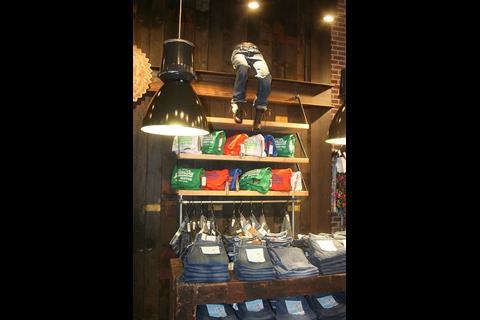
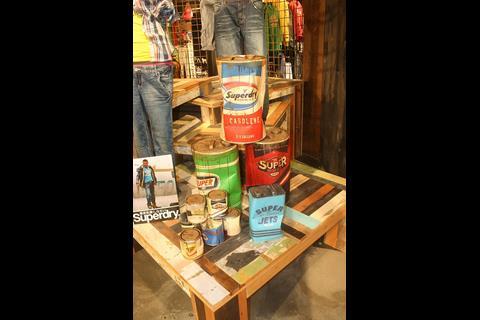
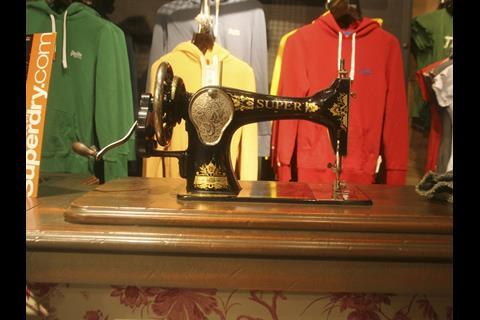
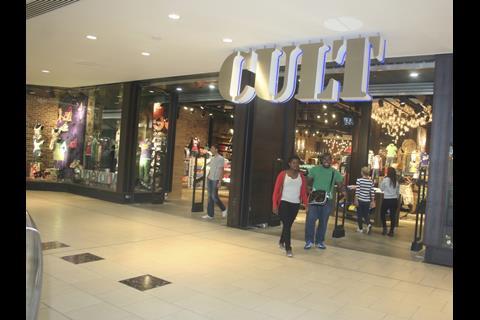

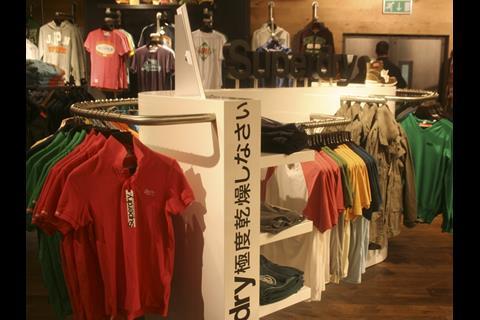
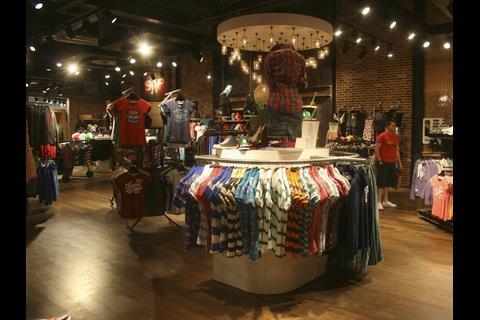


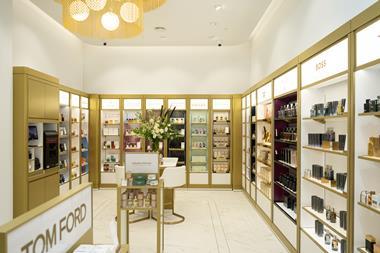


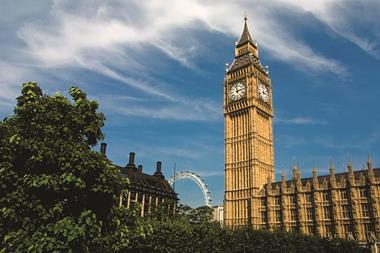

No comments yet